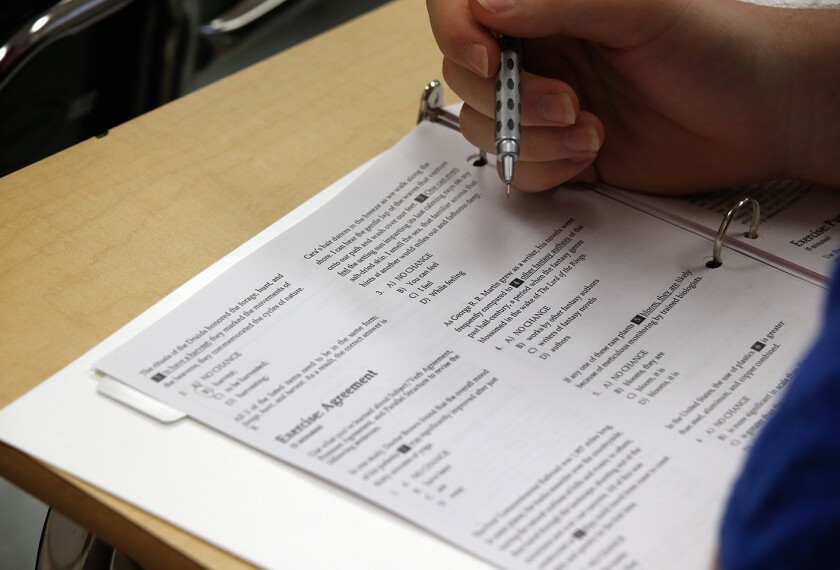To the Editor:
American students need to hit the books. The United States ranks 27th among 34 developed countries in math and 20th in science achievement, according to the 2012 Program for International Student Assessment, or PISA, results. America’s performance in math, science, and reading has remained mostly unchanged for over a decade.
That has consequences for our economy. If U.S. students matched Canadians’ test scores, the American economy would generate $10 trillion in additional growth over the next 35 years, according to a study released earlier this year by the Washington Center for Equitable Growth.
To raise our students’ achievement levels, schools must do a better job teaching them. Improving student achievement requires a shift in the way we educate our children. That means continuing to scrap the age-old lecture model for one that engages students directly and allows them to learn by doing. (My company has put countless hours and resources into studying students’ learning environments.)
We can start by abandoning the traditional classroom. Research has demonstrated the importance of an “engaged learning” environment—a classroom that promotes team-based, experiential learning. Students must be free to sit in small groups, collaborate on projects, discuss ideas, and interact with technology. Instead of holding court at the front of the classroom, teachers roam freely, providing individualized coaching.
This approach works. According to one study of North Carolina State University students taking calculus-based introductory physics, failure rates in engaged-learning classes were typically 50 percent lower than in traditional lectures—particularly among women and minorities. Students in these classes ended up understanding key concepts better and posted higher attendance rates.
The approach has also worked in primary and secondary schools. In 2009, the math department at Minnesota’s Byron High School abandoned the traditional lecture setup for the “flipped” classroom—a form of engaged learning. The share of students who passed the state mathematics test rose from 29.9 percent in 2006 to 73.8 percent in 2011, according to a paper published by the Flipped Learning Network in 2013.
Without learning environments that allow students to engage in active, hands-on learning, the achievement gap between our nation and others will widen.
Dick Resch
Chief Executive Officer
KI Furniture
Green Bay, Wis.




